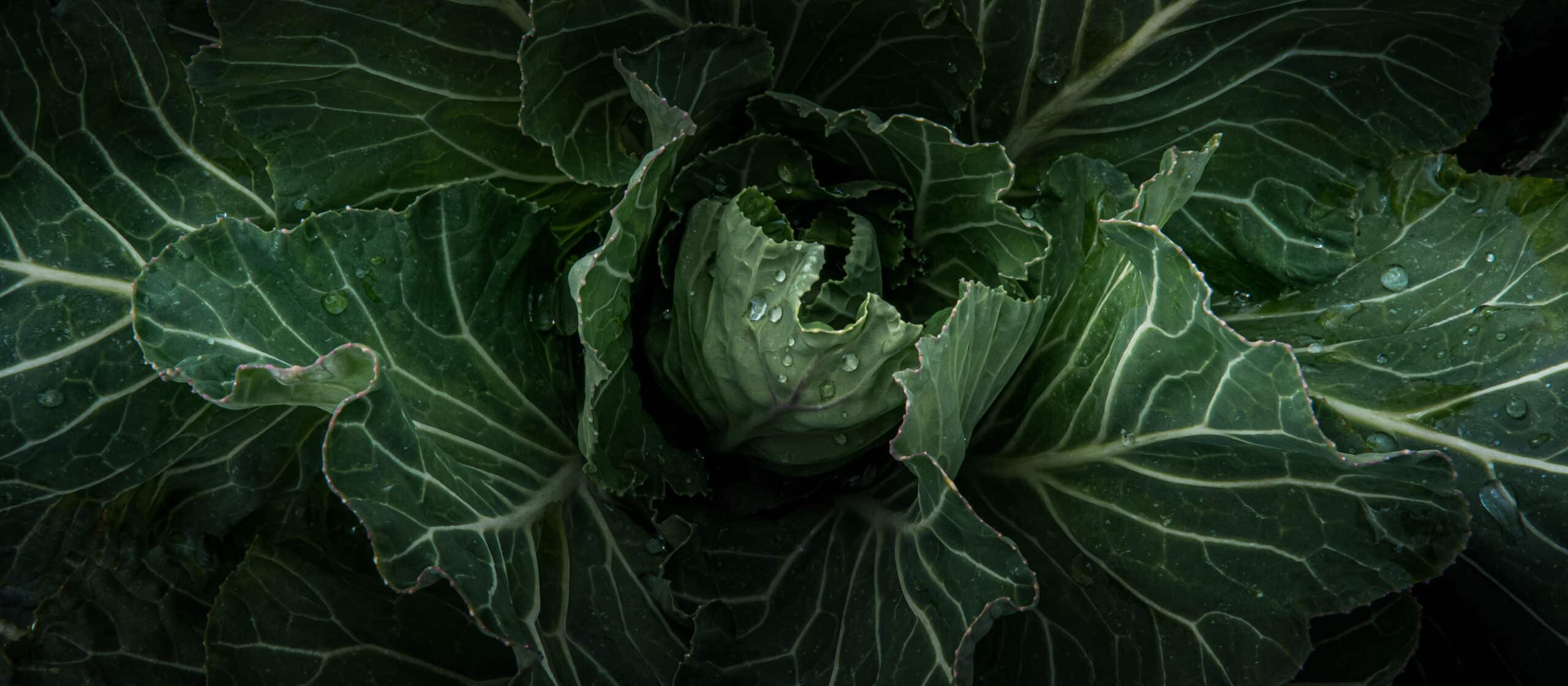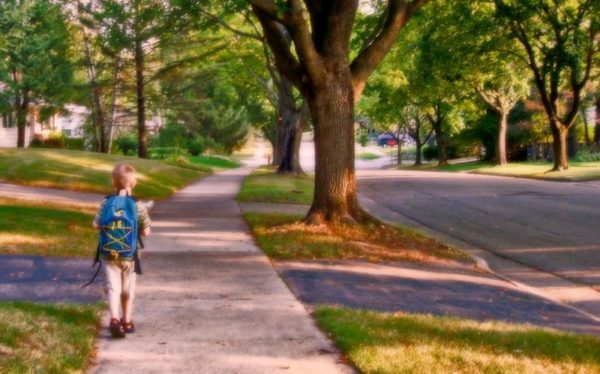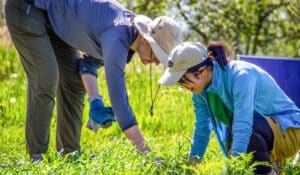
Everything Your Child Needs for a Waste-Free School Year
Everything Your Child Needs for a Waste-Free School Year
- posted on: August 19, 2019
- posted by: 21 Acres
"*" indicates required fields

Check out these eco-friendly shopping suggestions to get started on a waste-free school year.
Below is a featured article from Earth911, written by . To read the full article in it’s original format, click here.
Do you remember the sweet sense of beginning that accompanies the start of a brand-new school year? Sharpened pencils, the incomparable feeling of a pristine, unsullied notebook, and the optimistic feeling that this year, things will be different. For kids, September is the equivalent of New Year’s — a chance to start over, start fresh, and do things right.
Adding a green slant to back-to-school shopping with these green school supply basics helps guarantee that your child’s fresh start won’t come with a whopping carbon footprint, too.

Notebooks
With the many options available today, it’s easy to make a green change by purchasing recycled paper. Look for notebooks and loose-leaf paper made from 100 percent post-consumer recycled content. As more of us make this shift, we can drastically reduce the number of trees cut down and processed into paper. “Some brands of school notebooks, copy paper, and filler paper come directly from rainforests in Indonesia, temperate Boreal forests in Canada, and other sensitive ecosystems,” warns Lafcadio Cortesi, former Boreal Forest campaign director with ForestEthics (now Stand.earth).
By choosing recycled instead, your student will get the same clean slate feeling while you help conserve virgin resources. Don’t think that you’ll have to venture into obscure shops to track them down, either. Popular retailers like Target and Amazon carry eco-friendly brands like this eye-catching spiral notebook by Greenroom, made of 60-70 percent recycled fiber and printed with nontoxic soy-based ink.
If you can splurge a bit, check out the variety of “decomposition” notebooks available from Michael Roger Press. With pages made from 100 percent post-consumer waste recycled paper that is processed chlorine-free, and printed with soy-based ink, they cost more, but you’re definitely getting an A+ in sustainable notebooks.
Pens and Pencils
Pens are one of those ubiquitous items that I’d never really considered the environmental effect of, but Americans throw out a ridiculous 1.6 billion disposable pens every single year. These pens sit in landfills, contributing to the massive amount of plastic waste that can take up to 1,000 years to decompose in landfills. Improperly disposed, they break down and pollute our waterways with microplastics.
A simple alternative is to source a sustainable pen, one like Paper Mate’s biodegradable pen, which, it’s true, doesn’t come cheap at $8.99 for a two-pack. But, look on the bright side: Maybe the increased cost will reduce the chances of it getting lost at the bottom of a backpack or left in a classroom. No? Wishful thinking? Well, at least when it does inevitably get lost, its corn-based casing will have a chance to break down and return from whence it came.
For your pencil-using student, check out these recycled newspaper pencils from TreeSmart, made of 100 percent recycled newspaper.
Lunch Box
The typical American student contributes a whopping 67 pounds of lunchbox packaging waste to the landfill each and every school year.
To cut down on this waste, invest in a stainless steel lunch boxes, reusable snack and juice pouches, and reusable utensils for a waste-free lunch hour.
Wardrobe
In my family, it was something of a back-to-school ritual, going shopping with Mom to replenish the basics: jeans, tee-shirts, sweaters, and jackets. For an eco-friendly (not to mention inexpensive) approach to annual sartorial search, find a great local secondhand or consignment store. Clothes will be as much as half the price of what they cost new. Plus, that first-day outfit will come with a much smaller carbon footprint. When you’re done with clothes, simple donate or recycle them.
Backpack
It’s great if you can find a secondhand backpack! But if you do decide to buy new, try to avoid backpacks with plastic fronts or straps, as well as cheaper backpacks. Both will wear faster and break sooner. A neutral design will ensure that you don’t have to replace the backpack if (or when) your child outgrows the design.
Packs like the Fjallraven’s Fjällräven Kånken’s children’s backpacks are made under humane conditions, using natural eco-friendly fabrics, and a portion of profits go towards artic fox preservation.
Make sure you and your little ones get an A+ in eco-friendly back-to-school shopping this year!
Come visit us at 21 Acres and we’d be glad to talk about topics such as this. We love sharing ideas and resources, including how we make wise choices in purchasing food and other products.
Our Green Directory is a great resource for identifying a wide variety of environmentally-friendly products and businesses.











 back to blog overview
back to blog overview








